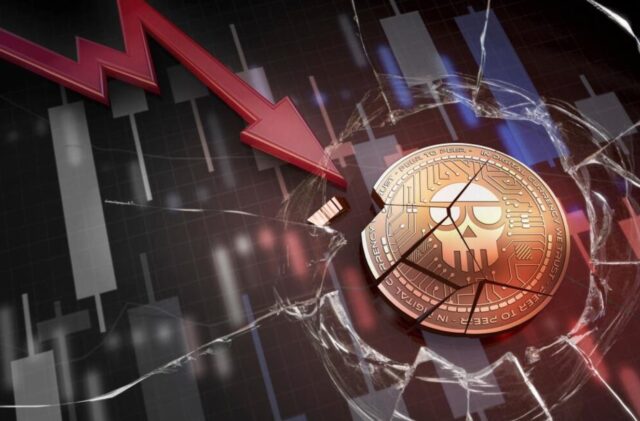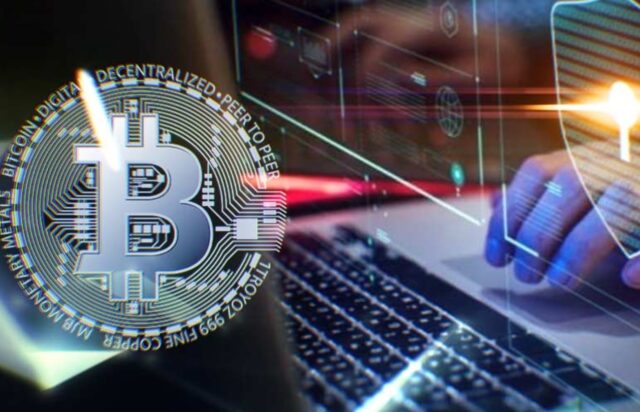
Bitcoin, the first digital asset belonging to the ecosystem of cryptocurrencies that exist today, managed to reach a new record high by shattering the barrier of $40,000 per unit last week. A lot of prospective investors are intrigued, with many of them investing while it has also managed to drive a tulip mania-style frenzy on Wall Street.
As a result of Bitcoin’s recent price surge, the cryptocurrency market is now worth more than $1 trillion for the first time ever. Therefore, it is no surprise that fraudsters are working to exploit such a lucrative sector of the economy.
This recent boom has also had some impulsive people forgetting the old adage that goes “if it sounds too good to be true, it probably is,” and scammers and fraudsters are standing first in line, cashing in on that naivety for their own gain.
For many years now, financial analysts have been warning people away from cryptocurrencies with the argument that it is too volatile to be a safe investment. However, with the prices of some coins going sky-high, it is understandably hard for investors and entrepreneurs to sit on the sidelines.
But the truth is that the cryptocurrency markets aren’t just volatile, but are also extremely murky and riddled with fraud and scammers. Since the inception of bitcoin in 2009, these markets have been plagued with cyber-attacks as well as scams. And according to one particular study, these scammers have been successful in stealing nearly $100 million from unsuspecting cryptocurrency investors.
Ever since Bitcoin exploded in the investment market, a great number of trading platforms have also come into existence that are essentially robots doing all the math for you. Such platforms and apps make promises of doubling your investment and profits in a given period of time. While some of these platforms may be legit, a number of them have been uncovered to be swindle schemes run by scammers. Read this Bitcoin Digital review on Learnbonds to learn about the legitimacy of one such platform so you only invest in bonafide websites and apps.
Such scams within the crypto space are on the rise. Therefore, before you take the plunge, it is crucial to understand not only the risks but be able to identify and avoid any scammers that you may come across on your crypto journey. Here are 4 ways to do that:

1. Initial Coin Offering (ICO) Fraud
An ICO is essentially a new way of raising capital for any sort of blockchain-related venture by selling cryptocurrency. It is used by new projects to sell freshly minted crypto tokens in exchange for Bitcoin or other cryptocurrencies, and, at times, even fiat money.
It is, however, unregulated and a risky activity all by it itself. Needless to say, it is plagued by scammers that use different methods to fool investors.
There are two ways by which an ICO fraud can happen. The first type of ICO fraud is when criminals create a fake ICO and steal any money that is given to them by investors
The second is when hackers impersonate a legitimate ICO and trick the investors involved in paying them instead of the actual, real company.
Usually what happens is that these cybercriminals will create either fake websites or social media accounts and use phishing in order to promote a phony “presale” offer or some other trick.
Therefore, it is crucial to do sufficient research on an ICO before you make the decision of buying in. You can check industry sites such as CoinDesk to verify the legitimacy of any concerned ICO.
Also, don’t fall for any hard-sell tactics or offers that may seem too good to be true. This carries even more importance when such offers are received over email or social media.

2. Cloud Mining Scams
Cloud mining is a very lucrative opportunity that allows investors to mine cryptocurrencies without having exuberantly priced hardware.
A few cloud mining services exist that allow their users to rent server space at a fixed rate for mining crypto coins. However, it can be quite difficult for novice crypto enthusiasts to differentiate between services that are genuine and those services with the main aim of deception.
Looking out for some red flags can actually significantly help to spot the fake ones. Lofty promises and astronomical gains are just two of the many red flags. Such services will usually promise implausible returns on investment without mentioning the hidden fee that will apply to such returns.
You can avoid such mistakes by being vigilant while signing up for any cloud mining services. Also, it is absolutely essential to think about the sensitivity and security of your data before going online on a shared server.

3. Fake Digital Wallets
Digital wallets are used by investors to store their cryptocurrency. Since these are essentially virtual wallets because cryptocurrency is a virtual currency, fake wallets occasionally show up either online or in-app stores. And they eventually steal all of the investor’s savings.
A way of preventing this is by doing your homework before selecting a digital wallet provider. It is wise to use services that carry a solid track record. Using an offline hardware wallet is another option.

4. Fake Investment Platforms
The crypto space is filled with a number of shadow exchanges that appear and disappear overnight. These can do some real damage, deluding investors, and leaving behind losses of significant amounts. One such example is BitKRK, a South Korean fake exchange operating back in 2017. It looked legitimate and presented itself as a trading exchange in the crypto trading community, only to swindle investors and buyers out of millions of dollars before it was able to be intercepted by the South Korean financial authorities.
Your choice of trading exchange is significant, and you have to be very careful in making this decision. Many fake ones just straight up steal your money, leaving behind nothing but insurmountable grief. While others charge you outrageous commission charges or make it very difficult to withdraw once you have made the deposit.
Hence, it is best to stick to the reputed and recognized crypto exchanges only or doing your due diligence before trading through a lesser-known exchange.









